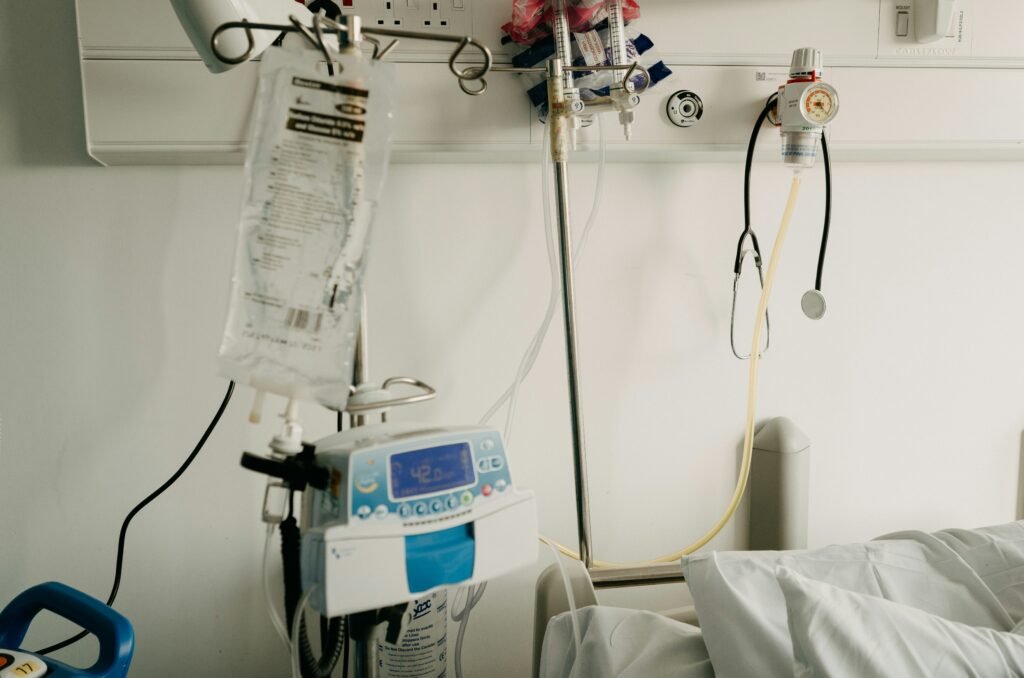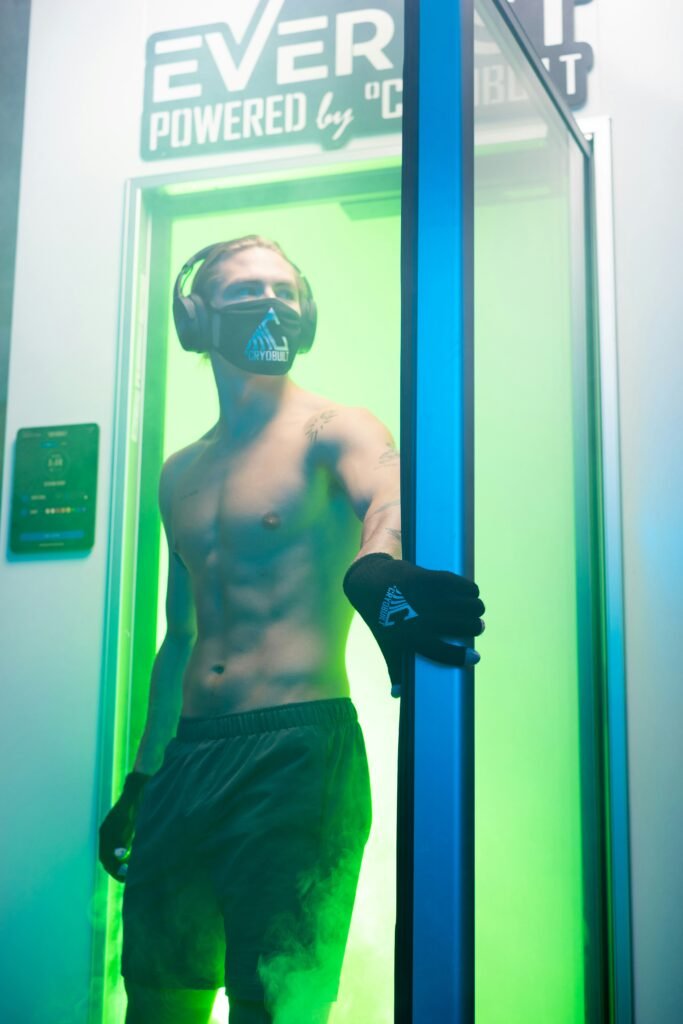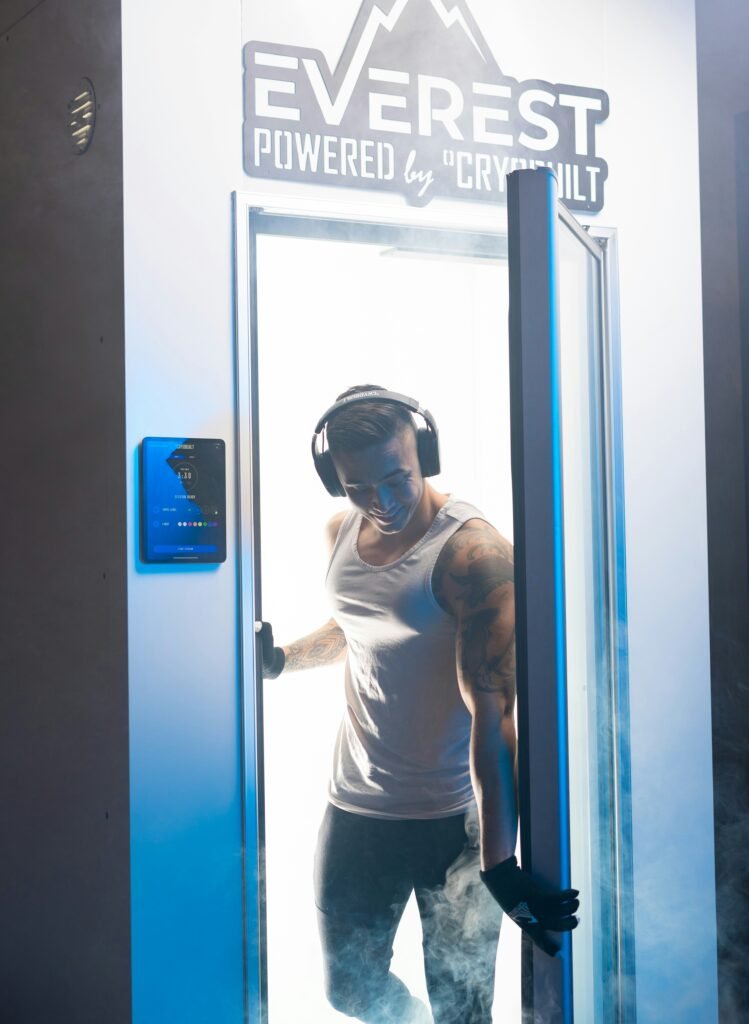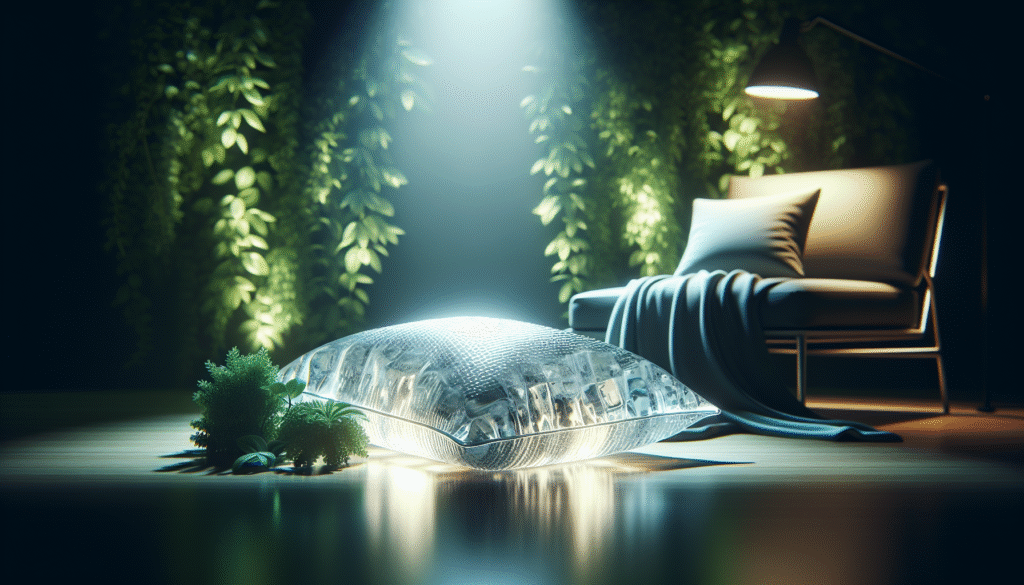Have you ever felt a nagging heaviness in your legs or noticed swollen, twisted veins popping out of your skin? If you answered yes, you’re not alone. Many people experience varicose veins and various circulatory issues, which can be uncomfortable and unsightly.
But here’s the good news: cold therapy might help. In recent years, more attention has been given to the benefits of cold therapy as a treatment for improving circulation and alleviating varicose veins. Let’s dig into how this practice can aid your wellness journey.
What Are Varicose Veins?
Varicose veins are those bulging, gnarled veins that often appear in your legs. They’re a common condition, affecting approximately 23% of adults in the United States. These veins become enlarged and twisted due to increased pressure, often caused by factors like:
- Genetics: Family history can play a significant role.
- Age: As you get older, your veins may lose elasticity.
- Obesity: Carrying excess weight adds pressure to your veins.
- Pregnancy: Hormonal changes and increased blood volume during pregnancy can impact vein function.
Understanding these underlying causes can empower you to take proactive steps towards managing or even preventing varicose veins.
Symptoms to Keep an Eye On
It’s essential to be aware of the symptoms that accompany varicose veins. Aside from their noticeable appearance, you might experience:
- Swelling: In your legs, especially after prolonged sitting or standing.
- Aching Pain: A feeling of heaviness or discomfort in the affected area.
- Cramping: Particularly at night.
- Skin Changes: Such as discoloration or ulceration near the affected veins.
Recognizing these symptoms early can lead to timely management, improving both comfort and aesthetics.

The Role of Cold Therapy
Cold therapy, or cryotherapy, involves applying cold temperatures to your body to reduce inflammation, alleviate pain, and improve circulation. It’s a simple yet effective practice that can be easily incorporated into your routine.
How Cold Therapy Helps
- Reduces Inflammation: Cold temperatures constrict blood vessels, helping to decrease inflammation around varicose veins.
- Alleviates Pain: The numbing sensation from cold applications can help alleviate discomfort in your legs.
- Enhances Circulation: Alternating between hot and cold can stimulate circulation, promoting better blood flow and preventing blood pooling in veins.
Cold therapy is not about freezing your legs off but rather about harnessing the power of temperature to create positive effects on your circulatory system.
Different Methods of Cold Therapy
There are several methods you can use for cold therapy, and each option has its own unique benefits:
- Cold Packs: Simple and effective, these packs can easily be applied to the affected areas.
- Ice Baths: Immersing your legs in cold water can invigorate circulation.
- Cryo Saunas: These specialized chambers expose you to extremely cold air for a brief period, promoting recovery throughout the body.
Considering these options gives you a range of ways to incorporate cold therapy into your life, allowing you to choose what suits you best.
How to Use Cold Therapy for Varicose Veins
If you’re ready to give cold therapy a try, it’s crucial to know how to use it properly. Here’s a step-by-step guide to help you get started:
1. Choose Your Method
Opt for cold packs or ice baths based on your comfort level and convenience. Start with something simple, like cold packs, if you’re new to this practice.
2. Prepare Your Area
Find a quiet place to relax. If you’re using cold packs, have a towel handy to wrap them in. You want to avoid direct contact with ice to protect your skin.
3. Set a Timer
Aim for about 15 to 20 minutes per session. Longer sessions can lead to skin damage, so it’s vital to stick to the recommended time frame.
4. Frequency Matters
Consider applying cold therapy several times a week to see tangible results. Be mindful of how your body responds and adjust the frequency if needed.

Cold Therapy in Combination with Other Treatments
Cold therapy can complement other treatments for varicose veins, enhancing their effectiveness. Here are a few treatments that pair well:
Compression Therapy
Using compression stockings can alleviate symptoms of varicose veins while cold therapy helps with inflammation. This combination promotes better blood flow and reduces discomfort. Compression can also help maintain vein structure.
Exercise
Engaging in regular physical activity, such as walking or swimming, is crucial for maintaining vein health. When combined with cold therapy, you could enhance circulation, making your legs feel lighter and more energized.
Elevation
Elevating your legs can relieve pressure on your veins. After incorporating cold therapy, try positioning your legs above your heart for a while to improve circulation further.
Medical Treatments
For severe cases of varicose veins, medical interventions like sclerotherapy or laser treatments might be necessary. Cold therapy can still support recovery post-treatment, aiding in inflammation reduction and soothing discomfort.
Risks and Considerations
While cold therapy can be beneficial, it’s not without risks. Here are some things to keep in mind as you consider this approach:
Skin Sensitivity
Everyone’s skin reacts differently to cold. Monitor how your skin responds, particularly if you have existing skin conditions. If you notice any adverse reactions, it might be best to consult a healthcare professional before proceeding.
Duration of Application
As mentioned earlier, avoid applying cold for too long to prevent frostbite or other skin damage. Stick to the recommended 15 to 20 minutes to be safe.
Health Conditions
If you have certain medical conditions, such as diabetes or circulatory disorders, consult with your doctor first. They can provide guidance tailored to your situation.

Talking to a Professional
Before starting cold therapy, it might be beneficial to have a discussion with a healthcare provider, especially if you have existing circulatory issues. They can help assess whether cold therapy is a suitable option for you and provide personalized recommendations.
What to Ask Your Doctor
- Is cold therapy appropriate for my condition?
- How often should I apply cold therapy?
- Are there any alternative treatments I should consider alongside this?
Having these conversations can clarify what steps to take on your wellness journey.
Lifestyle Changes to Support Healthy Circulation
While cold therapy can be a valuable tool, lifestyle changes play a significant role in maintaining healthy circulation and reducing the appearance of varicose veins. Here are a few adjustments you can consider:
Maintain a Healthy Weight
Losing excess weight can significantly reduce pressure on the veins, alleviating symptoms.
Stay Active
Incorporate physical activity into your daily routine, aiming for at least 30 minutes of moderate exercise most days of the week. Movement promotes healthy blood flow and strengthens your leg muscles.
Avoid Prolonged Sitting or Standing
If your job requires long periods of sitting or standing, take breaks regularly. Stand up, stretch, or walk a bit to keep blood circulating.
Wear Comfortable Clothing
Avoid tight-fitting clothes that can restrict blood flow. Opt for natural fibers that allow your skin to breathe.

When to Seek Help
If your varicose veins worsen or you develop symptoms that concern you, it’s essential to speak with a healthcare provider. Some signs warrant immediate attention, such as:
- Severe Pain: Intense or sudden pain in your leg.
- Swelling: Marked swelling that doesn’t subside.
- Discoloration: Darkening of the skin around the veins.
- Ulcers or Sores: Any open wounds or sores near your varicose veins.
These symptoms could signify serious conditions requiring prompt medical evaluation.
Building an Ongoing Wellness Routine
Cold therapy doesn’t have to be a one-off treatment; it can be part of a broader wellness routine focused on improving your circulatory health. Here are some tips for integrating cold therapy and other practices into a sustainable regimen:
Set Goals
Establish specific, achievable goals related to your varicose veins or overall leg health. Tracking your progress can help keep you motivated.
Stay Consistent
Consistency is vital in any health routine. Schedule regular cold therapy sessions alongside your other wellness practices to boost effectiveness.
Mix It Up
Don’t hesitate to try different cold therapy methods or mix them with other treatments for variety. Keep your routine engaging to avoid monotony.
Monitor Your Progress
Take note of changes in your symptoms or overall well-being. Journaling or maintaining a checklist can help you stay aware of what works best for you.

Final Thoughts
Addressing varicose veins and circulatory issues can seem daunting, but integrating cold therapy into your routine offers promising benefits. You have the power to alleviate discomfort, improve circulation, and promote overall well-being by taking proactive steps.
Remember, every body is unique, and what works for one person may not work for another. Listening to your body and making adjustments as necessary is critical. Cold therapy can be a helpful addition to your wellness toolbox, alongside lifestyle changes and professional advice.
Do you think you’re ready to give cold therapy a try? It might just be the step you need toward feeling lighter on your feet and more in control of your health.

